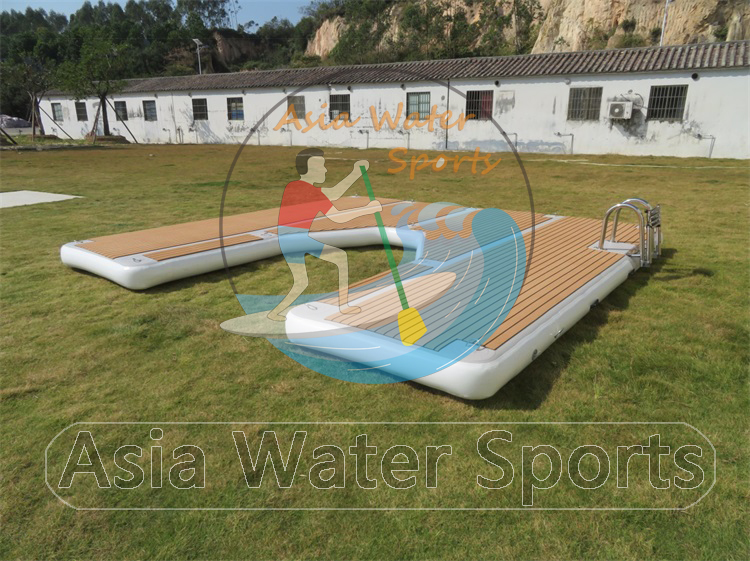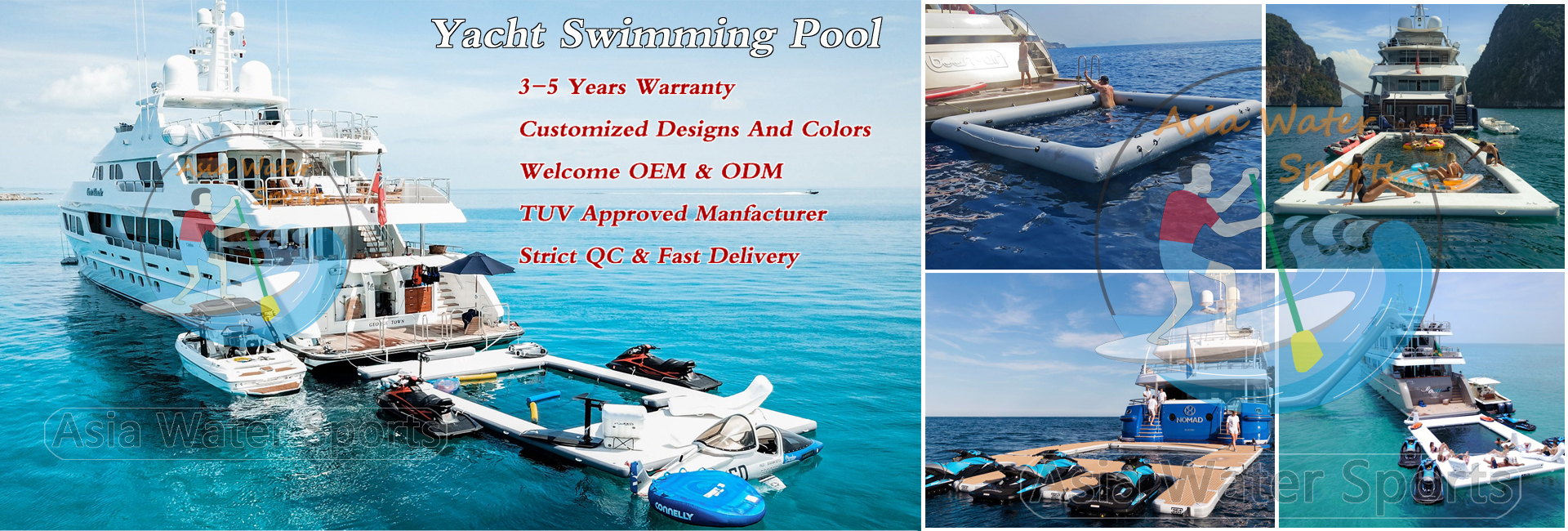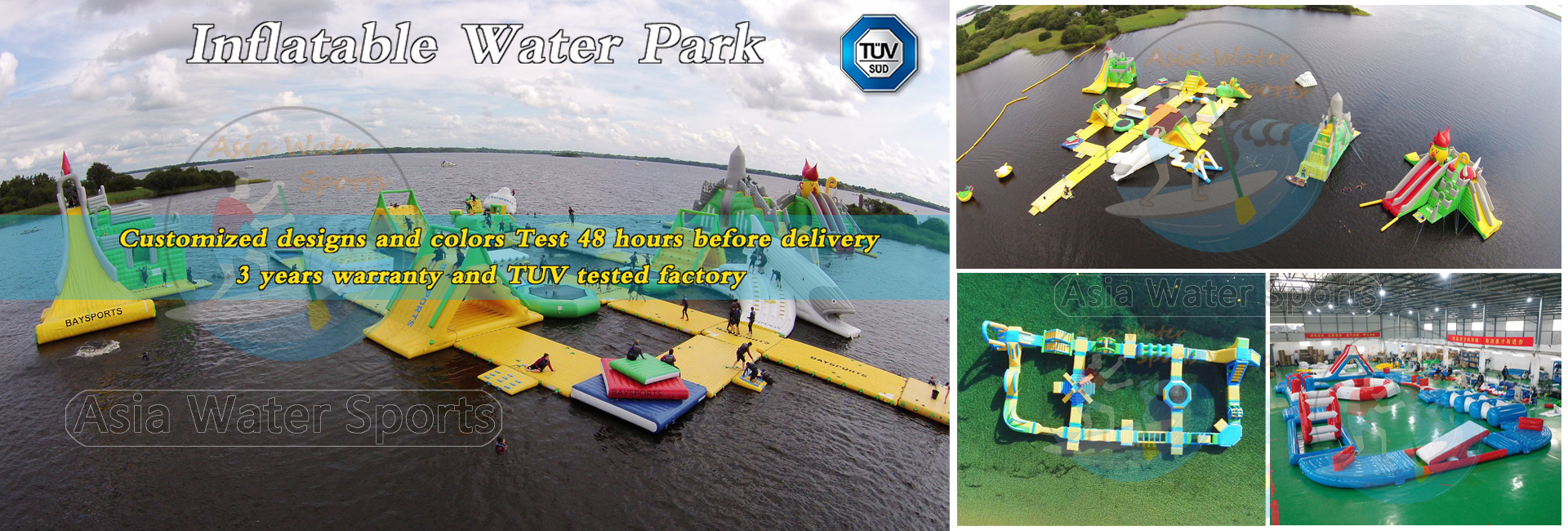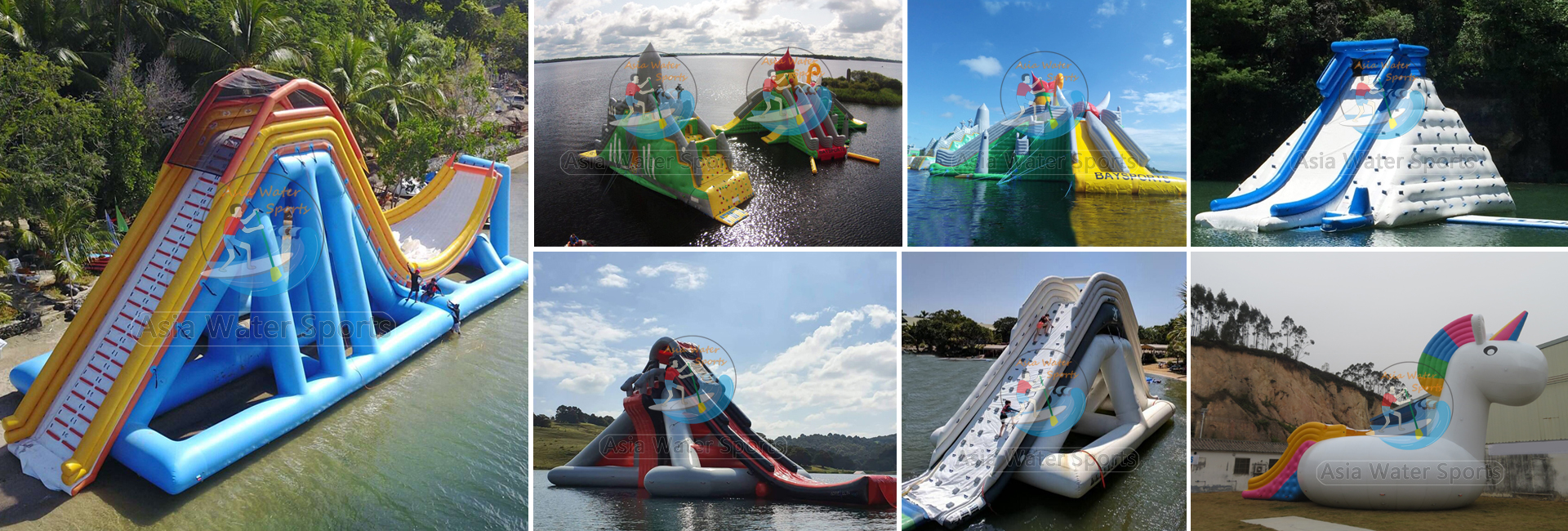- Commercial Water Play Structures
- 3D Park Builder
- ABC YID 6 Modular Playsets
- Top 100 Water Parks
- Parts In Stock
- Type of business
- Commercial Inflatable Water Park
- Commercial Pool Challenge track
- Freefall supreme water slide Parks
- Jungle JOES 4 Modular Playsets
- Universal Connection Pad
- Water Structures & Toys
- Freefall slide boarding Platform
- Inflatable Iceberg
- Water teeter totter Toys
- Inflatable Suturn Rocker
- Jumping tower trampoline Park
- Water blob jump
- Water trampolines
- Inflatable buoys & dive Flags
- Inflatable Barriers
- Inflatable Sea Park
- Pool floats and Loungers
- Pool obstacle courses
- Inflatable floating Island
- Water platform and Pads
- Yacht Fun
- Aquabanas Party Bana
- Inflatable Jet Ski Docks
- Inflatable Y Pontoon
- Gym Air Track Mats
- Drop Stitch Inflatables
- Inflatable yoga Mats
- Inflatable floating platform and Pads
- Modular Pontoon Dock Floats
- Inflatable Boats
- Full Drop Stitch Kayak
- SUP Paddle Boards
- SUP Paddle board obstacles
- 10 Best Towable Tubes
- Crazy UFO
- Water Ski Tubes
- Inflatable Dragon Boat
- Dolphin Banana Taxi
- Banana boat
- Disco boat
- Inflatable flying fish boat
- Manta Ray Boat
- Above ground pools & Inflatable Pools
- Inflatable theme Park
- Inflatable water playground
- Inflatable water sports Field & Maker
- Metal Frame Swimming Pools
- Steel Frame Pool Inground
- Bumper boats
- Hand paddle boat
- Bubble Football
- Water Ball
- Water Roller Ball
- Water Orb & Zorb Ball
- Water Walking Shoes
- Electric Air Pumps
- Ground Sheets
- Life Jackets & Vests
- Water Filter Pump
- Paddles
- Ropes
- Replacement & Repair Parts
- Parts and Accessories
- tel : 0086-020-34704480
- e-mail : asia-inflatables@vip.163.com
- contact person : Grace
- address : Room 55-57, 3F,1 St,Lingnan E-Commerce Industrial Park, Luopu Street, Panyu District, Guangzhou, China
Paddles are used to propel and steer a canoe or kayak by pulling or pushing the paddle blade against the water along the sides of the boat. For forward motion the paddler puts the blade in the water and pulls the shaft to the rear, first along one side and then along the other. Controlling direction and steering the boat are accomplished either by repeatedly or strongly paddling on one side of the boat or by altering the fundamental linear stroke pattern.
Paddle shafts can vary in shape and diameter. Round cross sections of 1-1.25 inches (2.5-3.2 cm) in diameter are typical, but elliptical shapes are also used. Some designs taper from fully round at the shaft's mid-point to elliptical at the throat. Other shafts are elliptical over their entire length. Shaft designs can include a bend near the paddle throat to increase the power of each stroke. Materials to protect and cushion the paddler's hands typically cover part of the shaft.
Paddle blades vary in size and shape depending on their intended use and the strength of the paddler. A typical paddle blade is 8 inches (20 cm) wide and 18 inches (46 cm) long from its throat to the tip. Optimal blade size depends on the shoulder power of the individual paddler. Round blades called "pizza type" blades provide an example. Pizza blades are 12-14 inches (30-36 cm) wide and the same distance from throat to tip. They are used for racing and require a strong paddler to be most efficient because their larger area pushes more water with each stroke. Proper blade size is also important to recreational paddlers because a blade that is too small will cause a strong paddler to waste energy and cause unnecessary fatigue. The shape of the blade also affects a paddler's performance. The side of the blade used to push the water is called the power side. The power side of some blades are spoon shaped to scoop the water. This increases the resistance as the paddle moves through the water, and thereby increases the effect of the paddler's stroke.
Paddles can be single or double bladed. Single-bladed paddles have a blade at one end of the shaft and a grip at the other end. Grips can be T-shaped, flared to form a triangular shape, or have a simple rounded end. Canoe paddlers use a single-bladed paddle that is typically about 4-5 feet (1.2-1.5 m) long. They switch their grasp on the paddle's throat and grip from one hand to the other as they alternate strokes on the left and right sides of the canoe. In contrast kayakers use a double-bladed paddle about 7-9 feet (2-2.7 m) long. This enables kayakers to alternate left and right strokes without needing to change their grasp on the paddle. Double-bladed paddles typically have a grip area at the mid point of the shaft. They can also have elliptically shaped shafts with blades set at right angles to each other. This design is said to have feathered blades. Feather-bladed paddles offer an advantage over traditionally oriented blades in that the angle between the feathered blades allows the paddler to pull one blade through the water while the other blade slices horizontally through the air. This reduces air resistance on the blade out of the water and increases the paddler's efficiency. The elliptical shape of the shaft lets the paddler know the orientation of the blades.
What's the difference between paddles and oars?
The main difference between oar and paddle is that paddles propel the boat in the same direction the paddler is facing, as opposed to oars, which propels the boat in the opposite direction the rower is facing. Therefore, the paddler travels forward. Unlike oars, paddles are not attached to the boat.
-
 Kayak boat paddlesCheck out our Inflatable boat Paddles, kayak boat paddles selection for the very best in unique or custom, handmade pieces from our wall hangings shops. Paddle shafts can vary in shape and diameter. Round cross sections of 1-1.25 inches (2.5-3.2 cm) in diameter are typical, but elliptical shapes are also used.read more
Kayak boat paddlesCheck out our Inflatable boat Paddles, kayak boat paddles selection for the very best in unique or custom, handmade pieces from our wall hangings shops. Paddle shafts can vary in shape and diameter. Round cross sections of 1-1.25 inches (2.5-3.2 cm) in diameter are typical, but elliptical shapes are also used.read more
 English
English français
français русский
русский español
español العربية
العربية 日本語
日本語 한국의
한국의 Türk
Türk Tiếng Mã lai
Tiếng Mã lai Filipino
Filipino Tiếng Việt
Tiếng Việt ไทย
ไทย Indonesia
Indonesia














 products
products

